Ethereum’s position as the default smart-contract settlement layer for tokenized finance is facing a new test after Google Cloud revealed plans for a Layer-1 network—Google Cloud Universal Ledger (GCUL)—explicitly aimed at financial institutions and programmable with Python.
Google Cloud Enters The Arena
In a LinkedIn post, Rich Widmann, Google Cloud’s global head of Web3 strategy, said the company’s ledger is “performant, credibly neutral and enables Python-based smart contracts,” adding that “any financial institution can build with GCUL” and that “we’ll be releasing more technical details in the coming months.” He framed the move as a response to the wave of corporate base-layer initiatives: “All this talk of Layer 1 blockchains has brought Google’s own Layer 1 into focus. As a product leader in crypto, you know that if you’re building a Layer 1 it has to be differentiated.”
Widmann cast GCUL as part of a three-horse race now forming alongside Stripe’s “Tempo” and Circle’s “Arc,” and published an infographic that positioned Google’s effort as a “planet-scale” Google-developed L1 rather than an EVM chain. The comparative table said Stripe is building an EVM L1 tethered to its payments stack and custody/onboarding rails, and Circle’s Arc is an EVM L1 with “USDC as native gas,” an integrated FX engine and sub-second finality.
By contrast, GCUL is “built for finance,” designed to support “native commercial bank money on-chain,” and—crucially—relies on Python-based smart contracts. The architecture choice matters for Ethereum: EVM chains (Arc, and reportedly Tempo) hew to Ethereum’s developer lingua franca and tooling, while a Python-native L1 suggests a clean break from Solidity-first ecosystems that dominate Ethereum and its rollups.
The pitch to institutions is as much about neutrality and distribution as it is about code. “Besides bringing to bear Google’s distribution, GCUL is a neutral infrastructure layer. Tether won’t use Circle’s blockchain—and Adyen probably won’t use Stripe’s blockchain. But any financial institution can build with GCUL,” Widmann wrote. He disclosed that “institutions like the CME Group chose the Universal Ledger to explore tokenization and payments on one of the largest commodities exchanges in the world leveraging GCUL,” underscoring a go-to-market centered on market infrastructure rather than consumer crypto.
In the comments, when asked whether rivals would ever touch a Google-run chain, Widmann replied that Amazon or Microsoft “may if they can get comfortable becoming more participatory on-chain—in fact, our goal would be in the near future they could even run it themselves for the benefits of their customers.”
A Competitor For Ethereum?
For Ethereum, the competitive contours are nuanced. The world’s largest public smart-contract network is already the gravity well for DeFi liquidity, token standards, and a sprawling L2 stack, with RWAs and payments gradually layering on top through EVM-compatible rails and stablecoins.
Circle’s own Arc, if it proceeds as described, would keep one foot firmly in Ethereum’s universe by retaining EVM semantics and the familiar gas-and-tooling model, even as it privileges USDC at the protocol layer.
Stripe’s Tempo, as presented, also orbits Ethereum through EVM compatibility while optimizing for payments throughput and compliance primitives. GCUL, however, sets out a different axis of competition: it emphasizes bank money, “credibly neutral” enterprise governance, and Python programmability, signaling an institutional ledger that could route some tokenization and wholesale-payments flows away from public-permissionless venues and toward a managed, industry-operated base layer.
That does not automatically make GCUL a “replacement” for Ethereum. The early posture—private testnet status, a focus on commercial bank money accounts, and partnerships with financial-market operators—reads like an institutional network designed for regulated workloads that demand predictable fees, enterprise SLAs and tight identity controls.
The open questions for Ethereum’s ecosystem are where and how GCUL will interoperate: Will bridges or messaging standards give Ethereum-native assets seamless passage to GCUL environments? Will on-chain data and attestations produced on GCUL be consumable by Ethereum rollups and vice versa? And will GCUL’s governance decentralize beyond a cloud-operated trust model in ways that satisfy institutions and crypto-native builders alike?
Widmann’s framing also highlights why Ethereum remains central to the narrative even as corporate L1s proliferate. If Arc and Tempo are EVMs, they implicitly validate Ethereum’s developer stack while competing on distribution, compliance and payments ergonomics. If GCUL succeeds with Python contracts among financial institutions, it could expand the total addressable market for on-chain finance without directly contesting Ethereum’s open-network moat—unless, over time, significant volumes of tokenized collateral, settlement and FX migrate to a GCUL-style ledger and remain siloed there.
For now, Ethereum is still the benchmark against which GCUL, Arc and Tempo will be judged. Google Cloud’s entry elevates the competitive bar, but it also reinforces the idea that the base layer for the next phase of tokenized finance will be plural.
At press time, ETH traded at $4,613.


You can get bonuses upto $100 FREE BONUS when you:
💰 Install these recommended apps:
💲 SocialGood - 100% Crypto Back on Everyday Shopping
💲 xPortal - The DeFi For The Next Billion
💲 CryptoTab Browser - Lightweight, fast, and ready to mine!
💰 Register on these recommended exchanges:
🟡 Binance🟡 Bitfinex🟡 Bitmart🟡 Bittrex🟡 Bitget
🟡 CoinEx🟡 Crypto.com🟡 Gate.io🟡 Huobi🟡 Kucoin.



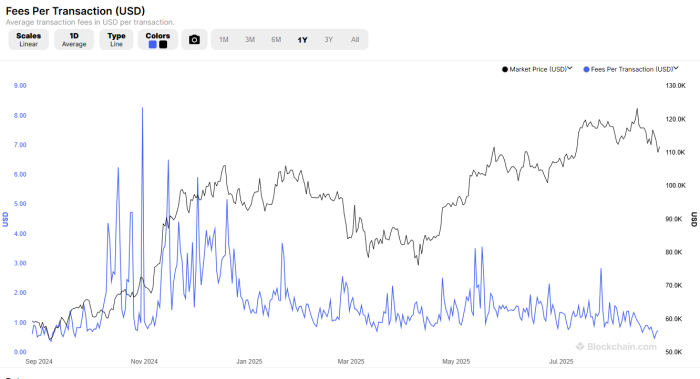

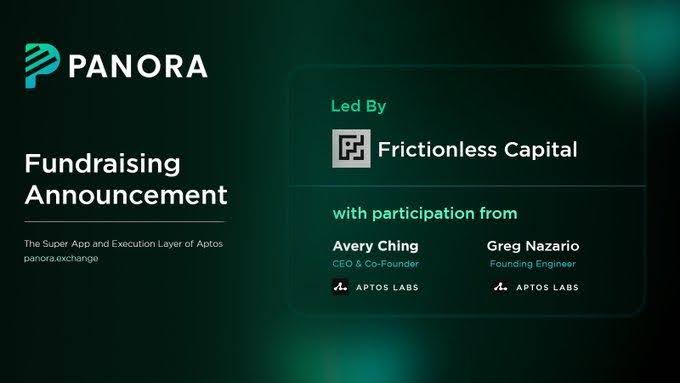
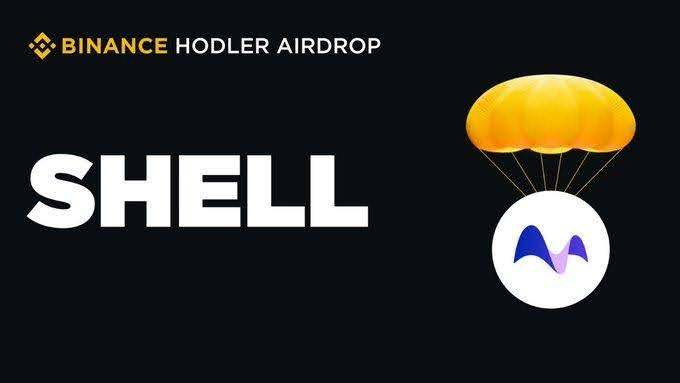

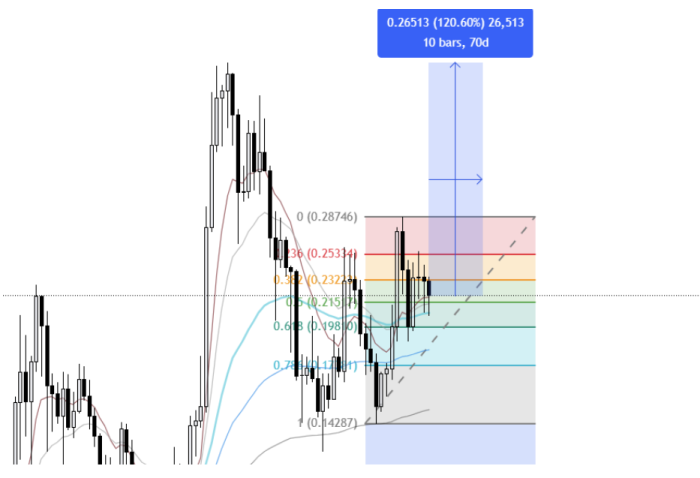
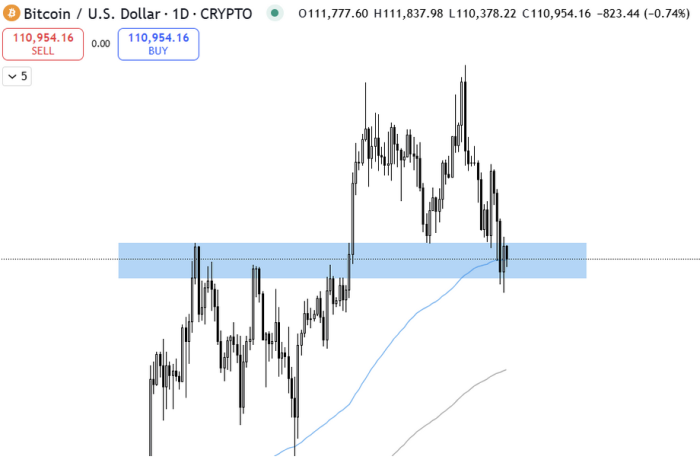


Comments